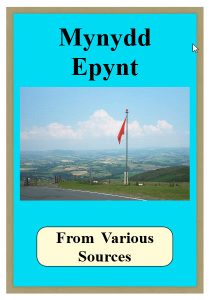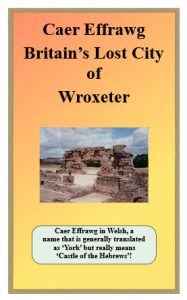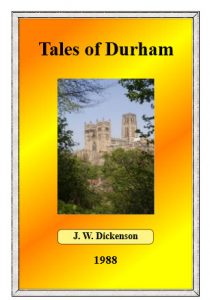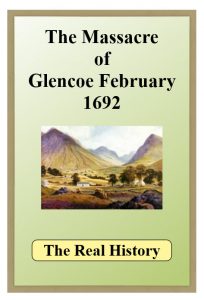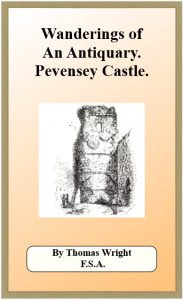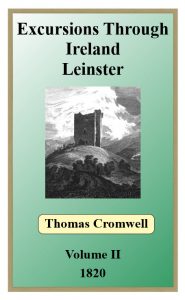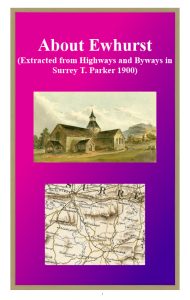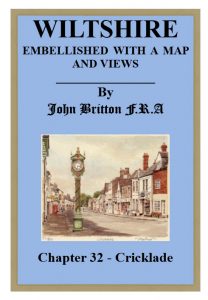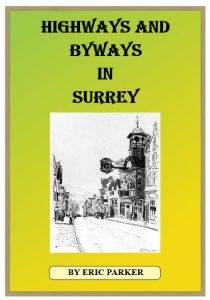
PREFACE
A PREFACE OUGHT NOT TO CONTAIN AN APOLOGY. But mine must contain at least an explanation, if only of omissions. The Highways and Byways of Surrey belong not to one county or to one period of time, but to two different ages, and, to-day, to two counties. London has made the difference. What was Surrey country a hundred years ago has been gathered into the network of London streets, and belongs, in the mind and on the map, to London. Almost for ten miles south of the London Thames the old Surrey countryside has disappeared, and the disappearance has left the writer of a book of Surrey Highways a difficult choice. It would have been easy to fill a large part of the book with the Surrey of the past, the Surrey of Southwark, and the great church of St. Mary Overie, and of Lambeth Palace and the Archbishops, of Vauxhall, and the Paris Gardens, and the Bankside where Shakespeare brought out his plays. But it is not easy to write anything new of any part of Surrey, and of that part I could have written nothing new at all. So that it seemed best to leave the Surrey that has disappeared to writers who have dealt with its history far more adequately than I could, and to choose for the Highways and Byways of this book only those which still run through open country and through country villages and towns. That is the Surrey of to-day.
The general plan of the book is simple. I have entered the county from the west at Farnham, with the old Way along the chalk ridge, and I leave it by Titsey on the east. Of course, not all the Surrey villages belong to the ridge, though the chief towns lie along it. Other villages set themselves along the banks of the two Surrey rivers, the Wey and the Mole, and there are separate little groups like the villages of the Fold country, or on the plateaux of the Downs round Epsom, or between Chertsey and Windsor on the Thames. These group themselves in their own chapters. But the main progress of the book is the trend of the great Surrey highway. As to following the book through its chapters from west to east, Surrey is threaded by such a net of railways that the deliberate choosing of a route, with definite centres and points of departure, is unnecessary. But those who believe that the best way to see any country is to walk through it will find that, as a general rule, the book and its chapters are divided, sometimes naturally, sometimes perhaps a little perversely, into the compass of a day’s walking. My own plan has been simple enough: it has been to set out in the morning and walk till it was dark, and then take the train back to where I came from. Others will be able to plan far more comprehensive journeys by motor-car, or by bicycling, or on horseback—though not many, perhaps, ride horses by Surrey roads to-day. But only by walking would it be possible to explore much of the country. You would never, except by walking, come at the meaning or read the story of the ancient Way, or the Pilgrims’ Road that follows it; only on foot can you climb the hills as you please, or follow the path where it chooses to take you. It is only by walking that you will get to the best of the Thursley heather, or the Bagshot pines and gorse, or the whortleberries in the wind on Leith Hill, or the primroses of the Fold country, or the birds that call through the quiet of the Wey Canal—though there, too, you may take a boat; it is one of the prettiest of the byways. The walker through Surrey sees the best; the others see not much more than the road and what stands on the road.
The omission, or rather neglect, of Surrey in London is deliberate. There must be many other omissions, I fear, which are not. For pointing out some of them, and for suggesting alterations and additions, I have to thank my friend Mr. Anthony Collett, who has kindly looked through my proofs. I should like also to be the first to thank Mr. Hugh Thomson for the pleasure and the help of his charming sketches.
